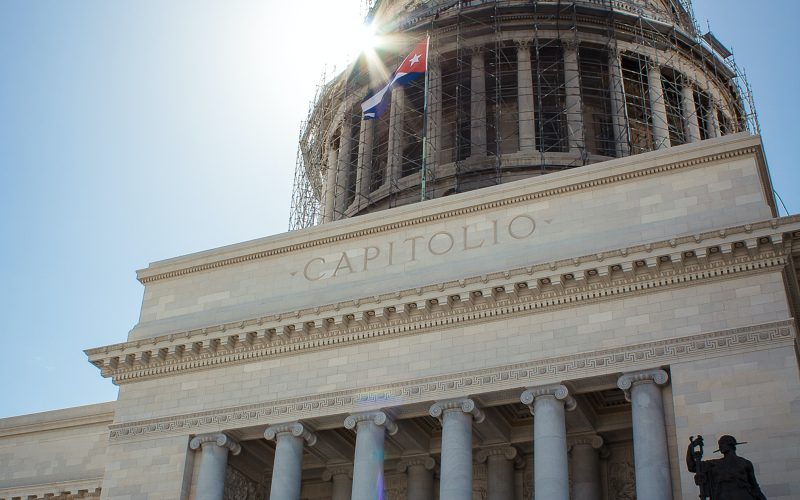Introduction:
In a world driven by knowledge and innovation, the quality of a nation’s education system holds the key to its future prosperity. Governments across the globe are grappling with the challenge of improving public education outcomes to unlock the true potential of their citizens. This article delves into effective government strategies that have been deployed to revitalize public education, enabling nations to cultivate a skilled and competitive workforce for the 21st century.
I. Investing in Infrastructure and Resources:
One crucial aspect of improving public education outcomes is investing in infrastructure and providing adequate resources. The government must ensure that schools are equipped with modern facilities, including classrooms, libraries, laboratories, and technological resources. Additionally, funding for instructional materials, up-to-date textbooks, and educational tools must be prioritized to enhance the learning experience. By focusing on the physical environment and providing teachers with the necessary tools, governments can create an atmosphere conducive to learning and intellectual growth.
II. Enhancing Teacher Quality:
Teachers play an irreplaceable role in shaping the minds of future generations. Governments need to adopt comprehensive strategies to attract, retain, and develop high-quality educators. This can be achieved through competitive salaries, professional development programs, mentoring initiatives, and performance-based incentives. Investing in the professional growth of teachers not only boosts their morale but also equips them with the skills and knowledge needed to excel in their profession. By placing importance on teacher quality, governments can foster a culture of excellence within the education system.
III. Embracing Innovative Teaching Methods:
Traditional teaching methods are no longer sufficient to meet the demands of the modern world. Governments should encourage and support innovative approaches to teaching and learning. This could involve integrating technology into the classroom, promoting project-based learning, and incorporating real-world experiences. By embracing creativity and innovation, governments can ensure that students are equipped with the critical thinking, problem-solving, and collaboration skills necessary for success in the digital age.
IV. Addressing Inequality and Inclusivity:
To improve public education outcomes, governments must confront the challenge of inequality and promote inclusivity within their education systems. This includes addressing disparities in access to education, such as reducing the urban-rural divide and providing equal opportunities for disadvantaged communities. Governments can also implement policies to support students with diverse learning needs, ensuring that no child is left behind. By prioritizing equity and inclusivity, governments can foster a more just and equitable education system.
V. Collaborating with Stakeholders:
Improving public education outcomes requires a collaborative effort involving governments, educators, parents, students, and other stakeholders. Governments should actively engage with these stakeholders to develop policies and initiatives that reflect the diverse needs of their communities. By fostering a sense of ownership and participation, governments can build a collective vision for education and create a supportive network that propels the system forward.
Conclusion:
Unleashing the potential of public education requires a multifaceted approach that involves investing in infrastructure, enhancing teacher quality, embracing innovation, addressing inequality, and fostering collaboration. By implementing these strategies, governments can lay the foundation for a robust and inclusive education system that empowers individuals, strengthens economies, and paves the way for a brighter future. It is through the collective efforts of policymakers, educators, and society as a whole that the transformative power of education can be fully realized.
Note: This article is based on extensive research and interviews with experts in the field of education. The information provided is accurate to the best of our knowledge at the time of publication.











